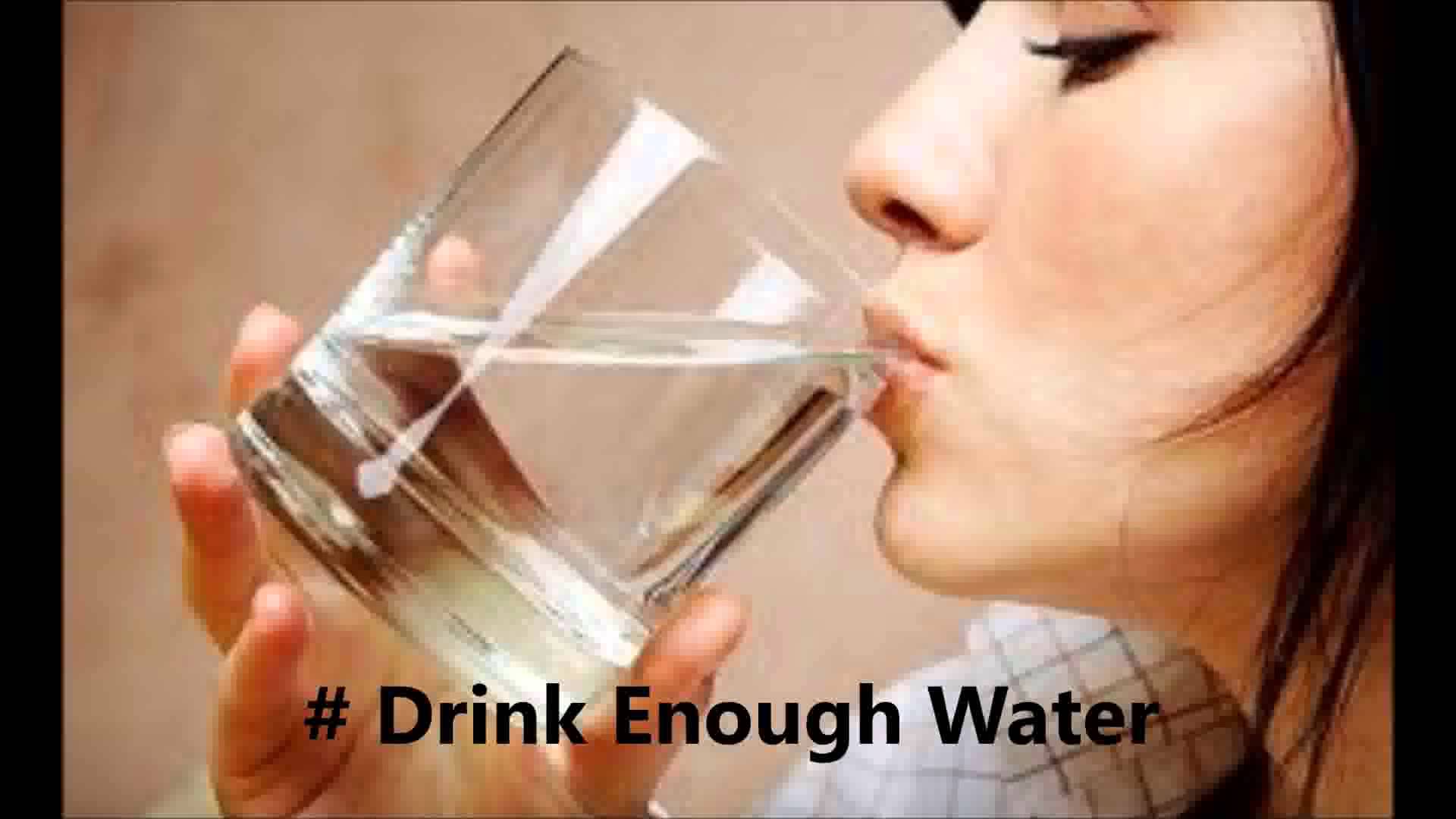Acne: Trouble Over the Counter – Benzoyl Peroxide Banned by European Union
There are many over the counter (OTC) preparations for treatment of acne. Sold as lotions, gels, creams, and cleansers, OTC products can be a precarious buy and consumers should be aware that chemicals applied to the skin can also be absorbed into the body. The potential adverse effects of chemical agents make natural skin care products seem more attractive.
This is especially true for skin conditions such as acne and rosacea as harsh chemicals may only worsen matters. Synthetic chemicals can induce unnecessary inflammation beyond the confines of the sebaceous glands resulting in acne scars. Additionally, some chemicals can even be absorbed into the skin and have varying levels of systemic toxicity.
Benzoyl peroxide, the first topical agent for acne vulgaris, remains the most widely used OTC acne treatment in the United States. It is inexpensive to manufacture and widely marketed. Benzoyl peroxide dissolves comedons and has bactericidal effect by oxidizing proteins of the offending microbe, P. acne (Leyden, 1997). Though it may be effective for mild acne, benzoyl peroxide is not free from adverse effects according to the European Commission.
The most common adverse effect is extreme dryness and premature aging of skin of skin. It can also causes irritation, stinging, burning and peeling of skin. A formulation containing 2.5% benzoyl peroxide was found to have less burning and peeling of skin as compared with 5% or 10% benzoyl peroxide (Mills et al. 1986). Allergic contact dermatitis was found in 1-2% patients using benzoyl peroxide (Ives, 1992). It can cause bleaching of hair and clothing.
Temporary skin discoloration may occur if benzoyl peroxide is used with sunscreen containing para-amino benzoic acid (PABA). Similarly concomitant use of benzoyl peroxide with tretinoin can lead to severe irritation of skin. Benzoyl peroxide should not be used in pregnancy as its safety during pregnancy is not documented. The safety in breast-feeding women and children is also not established.
In animal studies, it was has found to induce skin cancer after 1 year of use (Kraus et al. 1995). Long-term studies are needed to profile its adverse effect in humans. Benzoyl peroxide has been banned for use in cosmetics by the European Union. OTC Acne treatments that contain benzoyl peroxide are included in this ban throughout Europe.
Acne preparations made of benzoyl peroxide may contain various other chemical ingredients. Glycolic acid is a photo sensitizer and may be toxic to gastrointestinal system, nervous system and kidneys. Triethanolamine can form carcinogenic nitrosamine compounds on the skin or in the body after absorption. It may also elicit immune reaction in form of allergic dermatitis or asthmatic attacks. Diisopropanolamine may release carcinogenic nitrosamine compounds.
While, benzoyl peroxide can be used for short-term treatment of mild acne in the US, its long-term use has the potential to damage skin. On the whole, safer options that allow natural resolution of acne are recommended. Natural alternatives to benzoyl peroxide are calendula or tea tree oil (Bassett et al. 1990). Psidium guajava and Juglans regia leaf extracts were found to be beneficial in treating acne (Qadan et al. 2005). Granulysin peptides were also found to be effective against P. acne and may form an alternative therapy against acne in future (McInturff et al. 2005).
If acne are severe and not amenable to benzoyl peroxide treatment, one should consult a dermatologist for prescription drugs like topical retinoids (Tretinoin, Adapalene and Tazarotene), topical antibiotics (clindamycin, erythromycin), oral isotretinoin, oral antibiotics (doxycycline, minocycline).
References:
1. Leyden JJ (1997) Therapy for acne vulgaris. New England Journal of Medicine 336, 1156-62.
2. Ives TJ (1992) Benzoyl peroxide, Am Pharm NS32 (8), 33-8.
3. Kraus AL, Munro IC, Orr JC, Binder RL, LeBoeuf RA, Williams GM (1995) Benzoyl peroxide: an integrated human safety assessment for carcinogenicity, Regul Toxicol Pharmacol 21, 87-107.
4. Mills OH Jr, Kligman AM, Pochi P, Comite H (1986) Comparing 2.5%, 5%, and 10% benzoyl peroxide on inflammatory acne vulgaris, Int J Dermatol 25, 664-7.
5. Bassett IB, Pannowitz DL, Barnetson RS (1990) A comparative study of tea-tree oil versus benzoylperoxide in the treatment of acne. Med J Aust, 153: 455-8.
6. Qadan F, Thewaini AJ, Ali DA, Afifi R, Elkhawad A, Matalka KZ (2005) The antimicrobial activities of Psidium guajava and Juglans regia leaf extracts to acne-
developing organisms. Am J Chin Med 33,197-204.
7. McInturff JE, Wang SJ, Machleidt T, Lin TR, Oren A, Hertz CJ, Krutzik SR, Hart S, Zeh K, Anderson DH, Gallo RL, Modlin RL, Kim J (2005) Granulysin-derived peptides demonstrate antimicrobial and anti-inflammatory effects against Propionibacterium acnes. J Invest Dermatol 125, 256-63.
Acne: Trouble Over the Counter – Benzoyl Peroxide Banned by European Union by James Dalton



